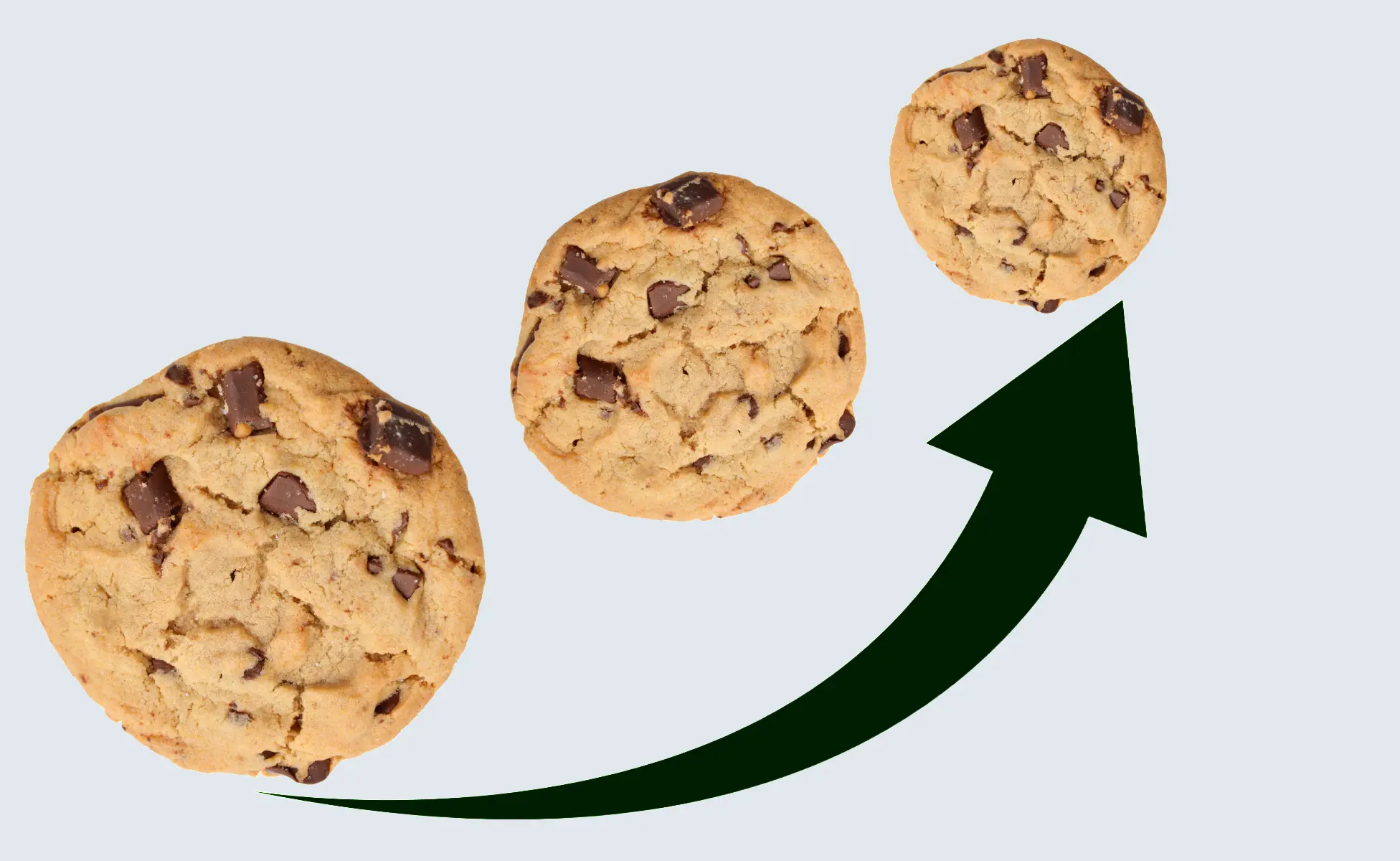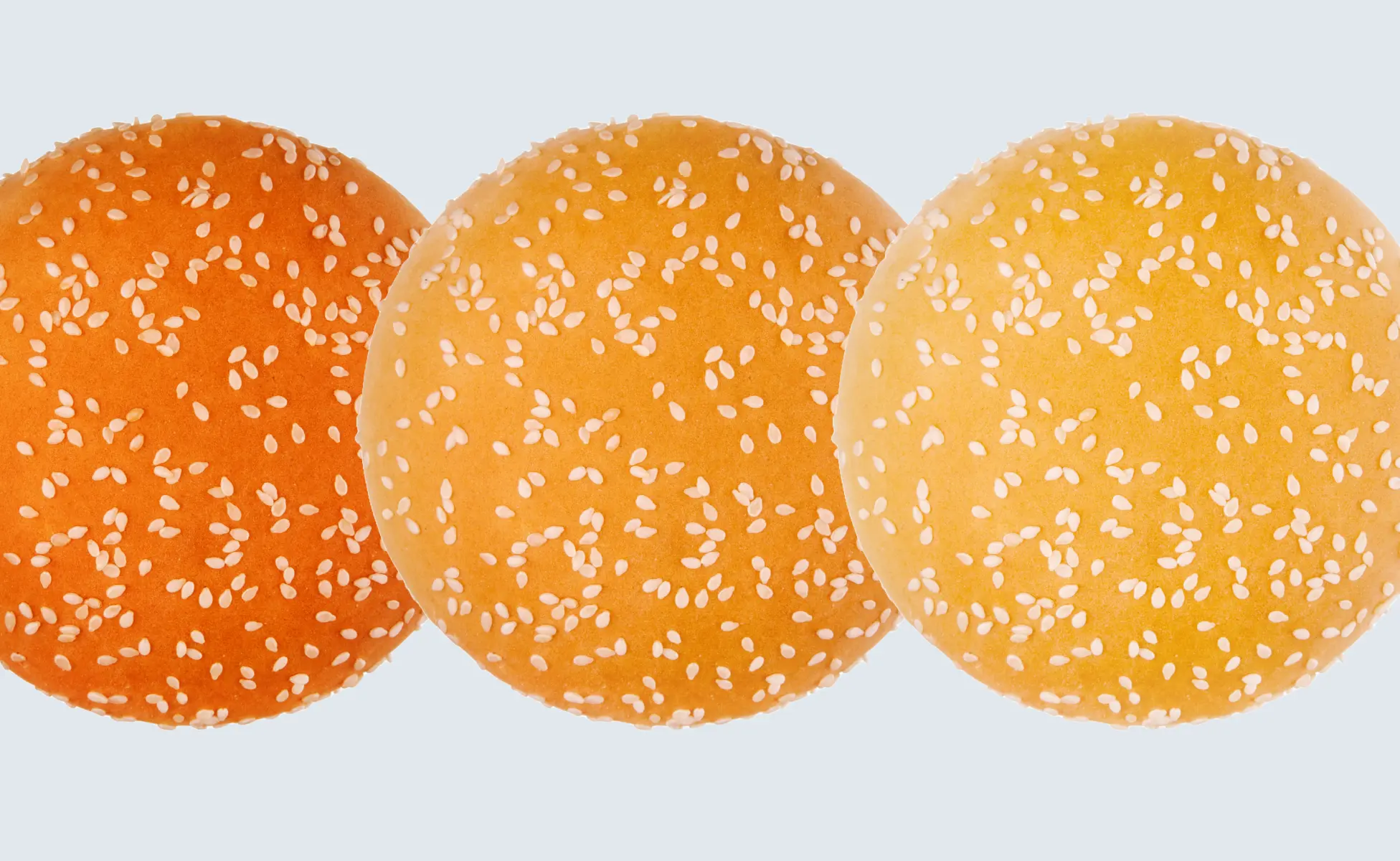How Vision Inspection Helps Build Stronger, Profitable Brands

Table of Contents
Consumer Expectations
In an industry loaded with competitors, appearances matter in a consumer’s decision to purchase their baked products from one brand over another. Consumers are less interested in how a piece of mixing or baking equipment is improving your efficiency and throughput – they're more interested that what is pictured on their packaging looks exactly like the product they are about to eat.

However, with the technological advancements that exist in different phases of the baking industry today, most companies still employ manual inspection processes as the last line of defence to sort out-of-spec products before packaging. This presents risks and challenges in a few aspects, such as:
- Operator-Dependent Assessment: Manual observation is inherently a subjective measurement process, which can affect product consistency. These risks are compounded when operating at full-line speeds.
- Rising Business Expenses: Food commodity prices are on the rise, and increases in global transportation/logistics costs have taken their toll on companies in recent days. Therefore, any wasted product due to inaccurate inspection can significantly impact an operation’s bottom line.
- Training/Work-Force Related Challenges: Hiring good help is always a challenge, but even more so today given the struggles of today’s labor force. Even with the right person, the training involved can be costly and time-consuming for the company.
Optimizing Product Flow is Key to Driving Profit

In recent years, many baking companies have begun installing in-line and over-line vision inspection technologies – such as the ones from EyePro System and Sightline Process Control; two brands under the KPM Analytics family of quality assurance solutions.
These turn-key systems incorporate high-speed cameras with imaging software and advanced algorithms to precisely detect and measure food products at full-line speeds. Each can be programmed to analyze specific features that are critical to a product brand, such as the color, shape, size, distribution of ingredients or features (seeds, toppings, ridges, holes/indentations, and others), and virtually any other visual characteristics that may be difficult or even impossible to measure by manual methods.
100% Product Inspection While Addressing the Quality Assurance Gaps Prompted by Labor Challenges
Manual observation of products is often meaningless because there is more variation between operators than the specification limit range. There is not enough data to make informed decisions around process quality.
As a methodology, vision inspection involves taking images of every single product, analyzing those images, and extracting as many measurements as are mathematically possible.
This means the operator can obtain quantifiable, repeatable data on very specific 2D and 3D product attributes. In some configurations, these systems can be programmed to analyze features thought to be impossible to manage, such as seed coverage, coating/texture variations, slope height, and much more.

For many operations, the payback comes in the form of trustworthy data on every single product. These systems can be delivered pre-installed with extensive product libraries that have been developed from thousands of sample scans. Over time, the operator can create their own unique measurement libraries for specific products.
All data is stored for future reference, and it is repeatable, reliable, and accurate. Once that data is in place, it is possible to measure things virtually impossible to measure by hand (for instance, the number of sesame seeds on a hamburger bun).
This essentially reduces a company’s dependence on additional labor while also allowing the operator to make data-driven decisions in real-time that will help them reduce product waste.
Vision Inspection at the Forefront of a Modernized Baking Operation

La Brea Bakery of Van Nuys, CA – an artisan bakery brand within the ARYZTA North America conglomerate of baking operations – recently incorporated a custom KPM In-Line Vision Inspection solution as part of a significant effort to automate their processes wherever appropriate.
The company installed in-line vision inspections on three different production lines along with automatic rejection applications to measure out-of-spec baguettes and other bread products before entering the packaging area. Monitors in the makeup and packaging departments display visual guides to show operators if the product is within specifications.
“Our employees love it,” said Mr. Marcus Garcia, Bakery Director for La Brea Bakery’s Van Nuys facility. “It’s a communication tool to tell where we’re at with waste in real time.”
This operation was profiled in a recent Baking & Snack article.
Continued Advancements in Vision Technology
Vision inspection software has been rapidly advancing, and this is the core of the KPM Analytics vision inspection systems. Today, our focus has been on developing broader measurement libraries and AI features that will allow us to improve existing measurements and provide solutions for future requirements.
One recent advancement is the ability to conduct porosity analysis or crumb analysis. This analysis provides a deeper understanding of products with details about pore size and distribution and texture expectation (airy, dense). This data is important for quality assurance and R&D teams that are conducting in-depth analysis of their baked products and testing or verifying recipes, as well as for quality teams to collect accurate, repeatable data for process control.
Then, on the hardware side, one of our newest technologies is the multi-eye system, which integrates Hyperspectral Imaging Technology for advanced foreign body detection and classification. This technology uses a combination of spectroscopy and imaging technology to acquire images of the products at different wavelengths and elaborates the information to detect foreign bodies on the outer surface and to classify them. This will be very useful for baked products that have toppings, where color inspection cannot help much (including cookies, muffins, pizza, to name a few).
Dependable Solutions to Help Maintain Baked Product Quality and Build a Stronger Brand
As consumer demand continues to drive product innovations and new recipe formulations (including gluten-free, whole-grain, or high-protein varieties), companies have a solution to ensure that their baked products will maintain visual brand standards batch-after-batch with the help of automated vision inspection solutions.
For more information in automated vision inspection technologies, contact us today!
Related Blog Posts
















